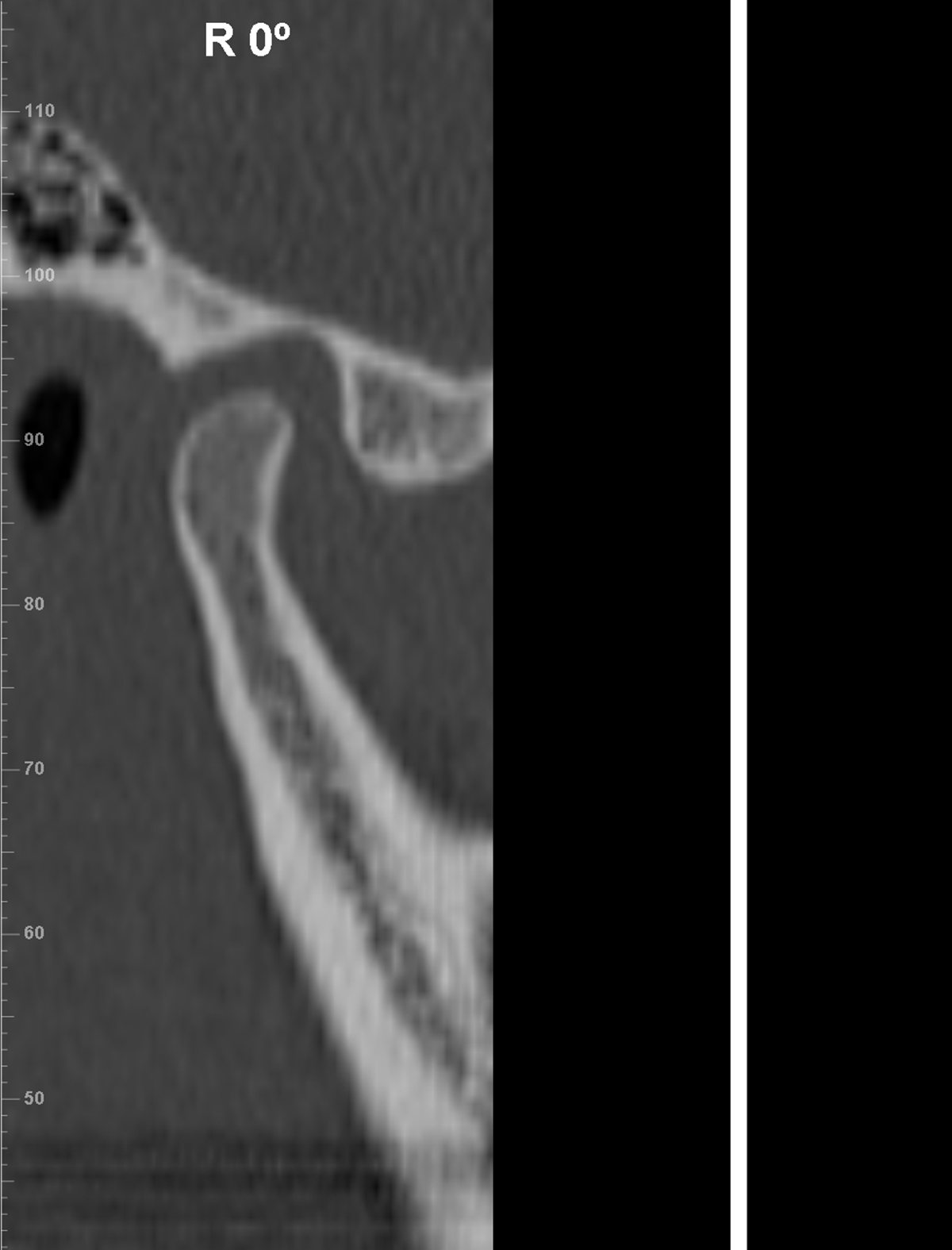
Signs and Symptoms of Temporomandibular Joint Disorder
Temporomandibular joint disorder is a term used for the inflammatory conditions of the temporomandibular joint which is in charge of connecting the mandible and the skull. These inflammatory conditions may be acute or chronic. This type of medical condition is commonly associated with dysfunction which is usually accompanied by significant amounts of impairment and pain. Fortunately enough, there are numerous different types of treatment approaches available for all those who suffer from temporomandibular joint disorder, mainly due to the fact that both neurology and dentistry are involved in dealing with it. Another problem with the temporomandibular joint is that it may be associated with a vast array of other medical conditions which otherwise tend to affect all the joints in the human body, and those may include neoplasia, various developmental anomalies, dislocations, trauma, arthritis and ankylosis, among others. The list of different signs and symptoms which may be associated with the temporomandibular joint disorder is quite extensive and in most cases they tend to affect various components of the temporomandibular joint, such as the teeth, the connective tissue, the bones, the ligaments, the tendons, the nerves and the muscles. The swelling of the proximal tissue is commonly associated with the painful sensations of the ears and it can also be considered as a symptom of the temporomandibular joint disorder. Other common types of symptoms which may be associated with the temporomandibular joint disorders include dizziness, painful sensations in the shoulder, painful sensations in the neck, tinnitus, reduced ability to close or open the mouth, tenderness of the jaw, painful sensations in the jaw, migraine, hearing loss, headaches, earaches, aching and dull pain in the face, grating, popping or clicking sound when closing or opening the mouth and chewing or biting difficulties and discomfort.
Causes of TMJ Disorder
There are numerous different types of factors which may be associated with temporomandibular joint disorders. Temporomandibular joint actually consists of two joints so that it can translate and rotate. The cartilage and the bones tend to wear with time and the popping, the deviations and the clicking are rather common. But when pain starts kicking in, it signifies the temporomandibular joint disorder. Dysfunction of the temporomandibular joint may be associated with different types of disorders of the teeth. The most common causes of temporomandibular joint disorder include lack of overbite, myofascial pain dysfunction syndrome, pathologic lesions, developmental abnormality, recurrent bony ankylosis, recurrent fibrous ankylosis, organic degeneration of the articular surfaces, osteoarthritis, degenerative joint diseases, size of food bites eaten, excessive nail biting, excessive gum chewing, jaw thrusting which is associated with unusual chewing habits and speech, malalignment of the occlusal surfaces of the teeth due to defective crowns or other restorative procedures, trauma and bruxism. For those who do not know, bruxism is repetitive unconscious clenching or grinding of teeth which in most cases occurs during the night time sleep.
Treatment Options
Among the most common treatment options for those who suffer from temporomandibular joint disorders is the restoration of proper occlusion. This is performed in cases when the occlusal surfaces of the teeth or other supporting structures get altered due to trauma, periodontal disease or inappropriate dental treatment. Painful sensations which commonly accompany temporomandibular joint disorders may be relieved simply by using ordinary analgesics or NSAIDs. In cases where the painful sensations have a neurologic nature, these types of medications cannot be of much help. There are other approaches for the relief of painful sensations triggered by temporomandibular joint disorder, and one of the most common ones includes pain modification induced by tricyclic antidepressant. These medicaments are known for having very potent anti muscarinic properties. Another common type of treatment for those who suffer from temporomandibular joint disorders is nighttime EMG biofeedback. It is very efficient in reducing bruxism and eliminating the nightly cycle of damage which is one of the most significant contributing factors in the development of the temporomandibular joint disorders. It is important to stress out that this type of treatment method is not considered as an invasive one. There are also different types of mouth guards which are also referred to as night guards and occlussal splints available for the treatment of temporomandibular joint disorders. These are very efficient in preventing the loss of tooth enamel, but in some cases they may even worsen the existing condition. There are other options available which include replacement of the jaw joints or discs with temporomandibular joint implants, surgical repositioning of the jaws in order to correct congenital jaw malformations, joint irrigation, orthodontics, reconstructive dentistry, mandibular repositioning splints and repositioning of the muscles and the ligaments of the jaw. Another option is the manual adjustment of the bite by grinding the teeth. This is an irreversible type of treatment method and needs to be avoided as much as possible. Other possible options include elimination of para-functional habits, stabilization splints, Feldenkrais Program, mandibular repositioning, jaw dislocation and surgical interventions.


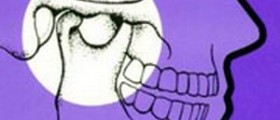

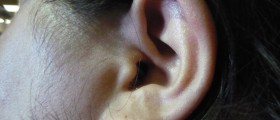
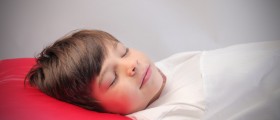
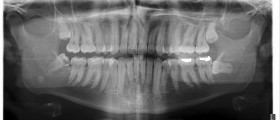

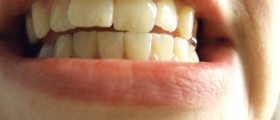


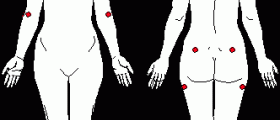

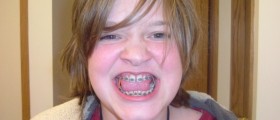
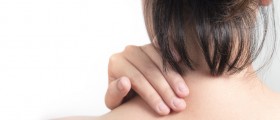

-Symptoms,-Diagnosis,-Treatment_f_280x120.jpg)
Your thoughts on this
Loading...